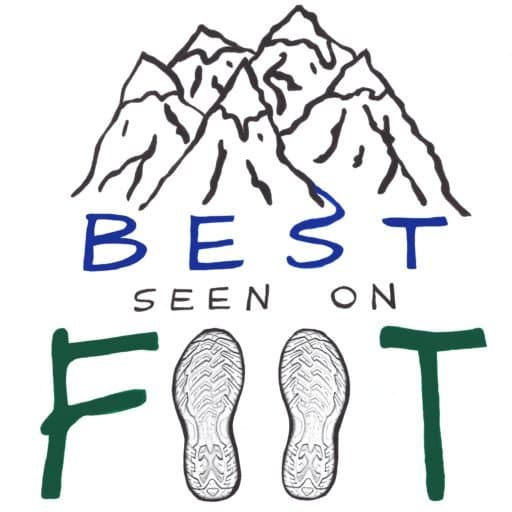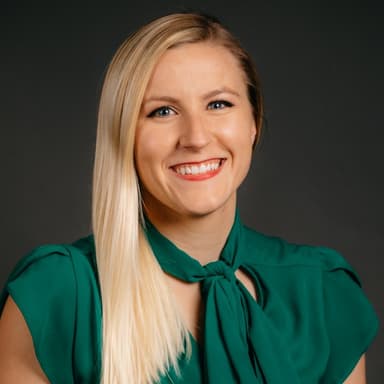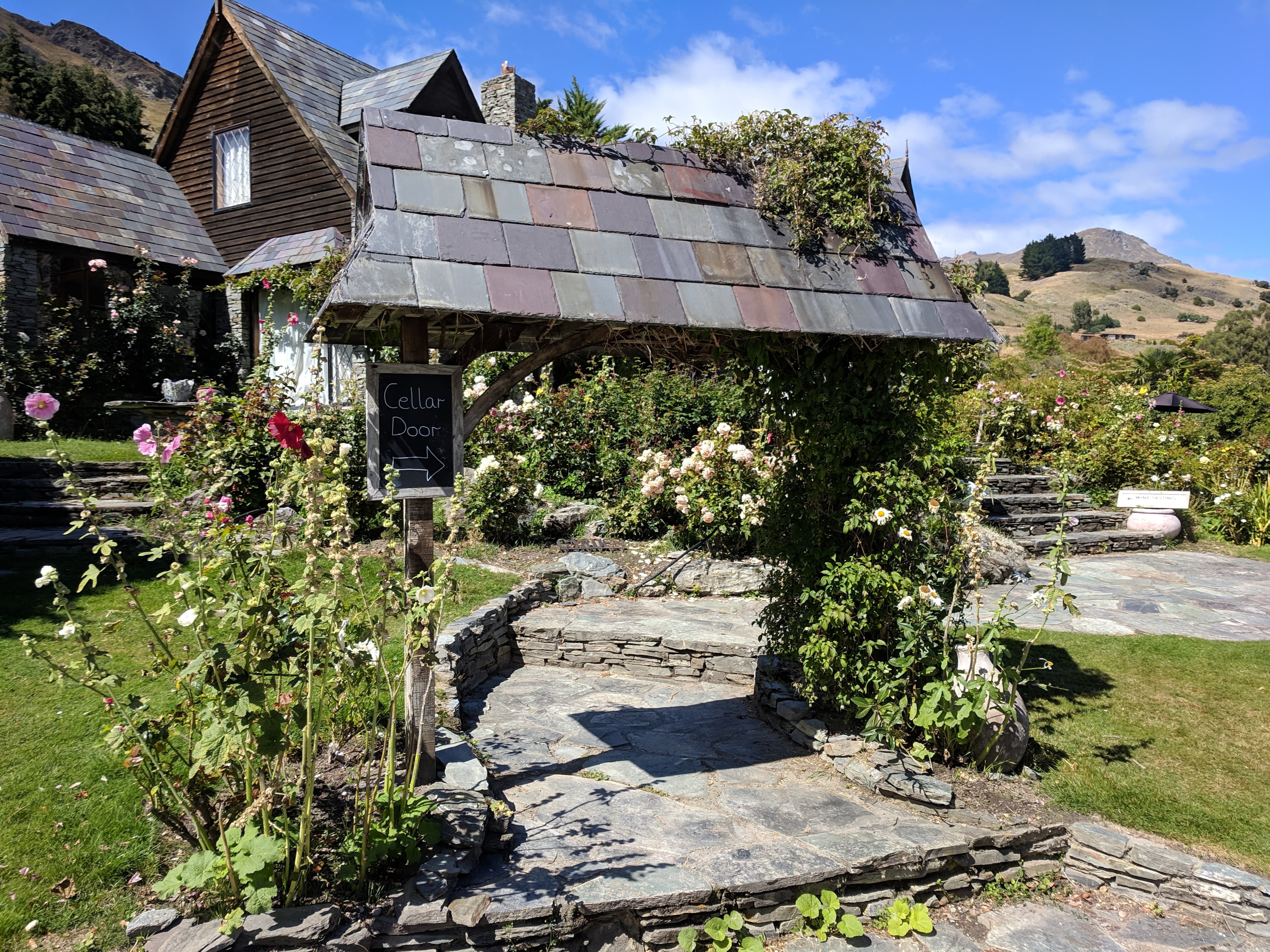Hey everyone! Lauren here to tell you about part 1 of our journey in Calama and San Pedro de Atacama, Chile! We spent about 3.5 days here, which seemed to be enough time to cover most of the popular activities.
Arrival in Chile
The best way to get to San Pedro de Atacama is to fly into Calama and take a bus ride to San Pedro de Atacama. We flew from Paraguay to Chile with Latam, and had a fairly long layover in Santiago before transferring to Calama.
When we arrived in Santiago, and after we went through customs we were directed out of the airport. We had a fairly lengthy layover in Santiago, and we were planning on spending it in the VIP lounge!
We tried to drop our bags off at the desk, and all of the airline employees kept telling us it was too early to check in! They didn’t speak too much English, and we finally explained to them that we were trying to go to the lounge and they let us drop our luggage off.
The VIP lounge had tons of food to eat, and we were each allowed 3 free drinks. I somehow managed to have 4 or 5 glasses of wine before our flight because both me and the bartender lost count during our 6 to 7 hour layover. The flight went very smoothly, and we were soon landing in Calama!
Calama
Upon arriving in Calama, we went about our usual routine when arriving in a new country, which consists of getting money out at the ATM and finding transportation to our accommodation, Terra Hostal.
The host gave us advice on how to get a bus to our final destination, San Pedro de Atacama, and gave us a recommendation on where to eat dinner. We ate some fairly large sandwiches from the recommended restaurant down the street and went to bed.
Bus from Calama to San Pedro de Atacama
Our hostal host said the bus to San Pedro left at either 8am or 1:30pm. Gerrod and I opted to leave at 1:30pm so we could sleep in. After a late start to the morning, we headed downtown to buy our bus tickets, and eat a late breakfast/early lunch.
Curiously, many of the businesses were closed, including the restaurants. I quickly Googled “Calama on Sundays” to see if there was any event going on, and it turns out that much of Chile just shuts down on Sundays so that families have time to hang out together.
Luckily the bus station was still open, and we purchased our 1:30pm bus tickets. We found an open restaurant called Delfin Verde and ate even bigger sandwiches. After lunch, we grabbed our luggage from our hostel and walked back to the bus station to catch our bus.
Arrival in San Pedro de Atacama
I napped for almost the entire bus ride despite getting a very good night sleep, and we soon arrived in San Pedro de Atacama. We arrived in town around 3 pm and then we walked through the main square on our way to the AirBnB(Listing: Mi casa es tu casa. Double Matrimonial Room).
The AirBnB was a little over a kilometer from the bus station, and our host greeted us upon arrival. She gave us a map of San Pedro de Atacama with things marked around the city, and introduced us to her dog, Apu.
Booking a tour and getting settled
After getting settled in our room, we started to plan how we would spend our time in San Pedro de Atacama. Some other guests staying in our AirBnB suggested going to a place called Piedras Rojas and said that Geysers el Tatio was not worth the tour price and that there are much better geysers to see in the world.
We decided to go into town to see what the travel companies had to offer. All of the travel companies seemed to be trying to get us to go on a package set of places, including Valle de la Luna, Laguna Cejar, Geysers el Tatio, and Atacama Salt Flat Day Trip including Los Flamencos National Reserve and seemed to be similarly priced.
We ended up at a travel agency called Sun Travel, and since I didn’t particularly care to go to Geysers el Tatio, especially following the advice of our fellow AirBnB housemates, and I really wanted to explore Valle de la Luna on bicycle without a tour, we decided to book only the trip to Piedras Rojas. The tour cost 35,000 Chilean Pesos (CLP) per person (~$104 USD) and included breakfast, lunch, transportation, and according to our travel agent, an English-speaking guide.
Exploring San Pedro de Atacama
After we booked our tour, we explored around town and went to some shops. Gerrod and I have a tradition going on where the only souvenir we ever really buy in a country is a fridge magnet. We went to about 10 shops before we found a magnet to our liking!
We then walked to the main square and stumbled upon an old Catholic church downtown. It was open and free, so we went in to investigate. There were signs explaining the history of the church. It was constructed in the 1600s, and has had quite the history, including many renovations and being burnt down… more than once.
Piedras Rojas Tour
Beginning of tour to Piedras Rojas
The next day we woke up for our tour and waited for our 7am-7:30am pickup. At 7:30am we were getting a little nervous, but Apu was waiting with us so doggie cuddles made the waiting better. The bus finally rolled up and our guide greeted us in Spanish, which didn’t seem all that strange at first.
There were only two seats on the bus, and they weren’t next to each other so Gerrod and I had to sit on opposite sides of the van. Our guide then asked me a question in very fast Spanish. I hesitated, so he asked me if I spoke Spanish. I replied that I spoke a little, but that English was better (since I was told our guide would speak English)
Our guide then told us that he only spoke Spanish and French, NO English, and asked us if we wanted to get off of the bus. Apparently our original guide was sick and he was filling in. Gerrod and I decided to stick it out, as our Spanish comprehension is way better than our speaking ability.
Pueblo de Toconao and Breakfast
The first stop of our tour was Pueblo de Toconao. Our guide took us around the main square and showed us a tower thing and explained that the door was made of cactus. He then showed us the cactus plant that the door was made of, and said that the cactus was “very phallic” and laughed about it.
I am sure there was more information, but that is the portion I comprehended. We then went to a local restaurant for breakfast, where we were served scrambled eggs, bread, and coffee. For some reason, we were not provided with plates.
Salar de Atacama
Next we went to Laguna Chaxa/Reserva Nacional Los Flamencos within Salar de Atacama, which cost an additional $3,000 CLP per person ($4.50 USD) entry fee. There were so many flamingos! Our guide said there are three species of flamingos in Chile, and that the Salar de Atacama is a very important habitat for them. He then said that lithium mining was impacting the habitat and affecting the flamingos!
The salt flat went on for what seemed like miles, and flamingos could be seen in the deeper pools all throughout the area!
I also saw a sign that said the flamingo reserve was a RAMSAR International Wetland of importance! RAMSAR wetlands are recognized as being of significant value not only for the country or the countries in which they are located, but for humanity as a whole. Since I work in natural resources focusing in wetland science back in the States, this was very exciting for me. Gerrod however said that the whole place “smelled like shitty salt water”.
The Lagunas and Vicuña
After our stop at the Reserva Nacional Los Flamencos, there was a long bus ride to our next stop on the tour, Lagunas Miscanti and Miniques. The lagunas cost an additional 2,500 CLP per person (~$4.00 USD) entry fee. Lagunas Miscanti and Miniques were two different lagoons; there was very blue water in both of the lagoons from the snow on the nearby mountains, and due to the altitude it was fairly cold.
There were tons of vicuña running around the lagunas, which look kind of like llamas. Our guide was saying that they run like this during mating season, and both Gerrod and I are pretty sure he said that they bite each others balls off.
Piedras Rojas
Following our stop at the lagunas, we took another long ride to Salar de Aguas Calientes and Piedras Rojas de Hierro. There were two separate lookouts to view the area, and there were so many colors that I tried to capture with my camera, but kind of failed. It was very windy at the second lookout, so Gerrod and I spent time taking some goofy wind pictures as demonstrated below.
We then continued down the road and made a brief stop at Laguna Tuyaito. The water was super blue!!!
The drive back to San Pedro de Atacama
After taking our photos and enjoying the beautiful scenery, we hopped back on the van and began our journey back to San Pedro. On our way back to town, we stopped in a small town called Pueblo de Socaire for lunch. After lunch we took a brief walk around town where our guide discussed a small local church and showed us some terrace farming that was very similar to the farming we saw in Peru.
We then got back on the bus, and headed back to San Pedro, but not before stopping at Trópico de Capricornio where we took some pics of the sign and the road. Our guide explained what the Trópico de Capricornio was, but we understood literally nothing he was trying to say, so according to wikipedia - “The Tropic of Capricorn (or the Southern Tropic) is the circle of latitude that contains the subsolar point on the December (or southern) solstice. It is thus the southernmost latitude where the Sun can be directly overhead.”
Sun Travel: Not what we expected
Although the sites included in our tour were beautiful and our guide was very nice and tried his best to speak clearly, I am fairly disappointed with the tour agency. Not only was the agency late picking us up, but we were a little lost since they misinformed us about the English-speaking guide and whole tour was in Spanish. Our guide seemed to be talking about some in-depth topics using words that only fluent Spanish speakers would know.
Stay tuned for part 2 of our adventure!
Until next time!
Love,
Lauren (and Gerrod)




















